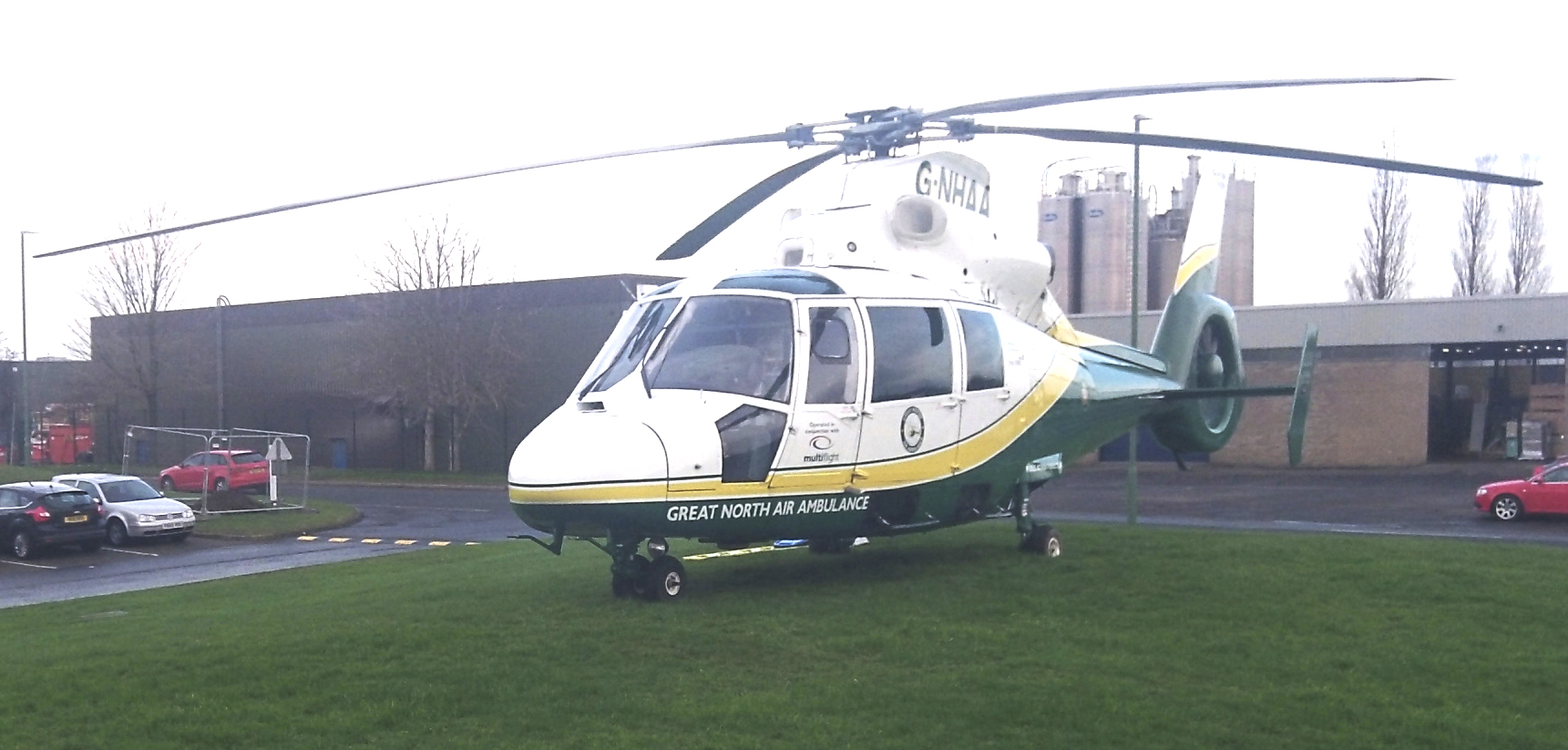With temperatures due to take a plunge this week, the AA is encouraging drivers to check their car is in shape for the coming weeks.
Max Holdstock, AA patrol of the year, says: “The arrival of more typical winter weather will have many of us reaching for the thermostat but it’s not just us who feel the chill. The cold can cause problems for your car too, and in more ways than many people realise.
“Breakdowns can double in very cold weather but up to half are potentially preventable through regular servicing and maintenance checks. The most common call to the AA for help is a flat battery.”
He advises keeping an ear out for local traffic and weather reports and driving in severe winter weather only if it’s essential.
“The vital thing is to drive smoothly, keep your speed down and avoid sharp acceleration, braking or cornering as far as possible by keeping plenty of space between yourself and the car in front. Be alert to black ice particularly on unsalted roads – it’s difficult to see as the road will simply look wet. On an icy road, start in second gear or engage winter mode if an automatic and keep in as high a gear as possible.
“Prepare for the worst but hope for the best: keep warm clothing in your car, first aid kit, personal medication, high energy refreshment such as chocolate, drinking water, torch, keep your phone charged and take a traditional map as well as your sat-nav and download the AA App.
The AA also offers winter essentials packs with useful kit such as a shovel, de-icer, salt, emergency beacon, tow-rope and other useful items
AA patrol of the year Max Holdstock’s winter tips are:
Battery: keep it charged up and if its old, get it checked and changed
Short, stop-start journeys especially during winter when the battery is under additional strain and doesn’t get a chance to charge up is a recipe for an electrical ‘coronary’.
If your car has been having problems starting and the battery’s more than five years old, get it tested by a garage and replaced if necessary. Cold weather reduces battery efficiency so it it’s already tired, it might not start your engine.
Coolant: check and make sure it has correct anti-freeze mix
Engine coolant also needs checking. It should be a 50/50 mixture of water and antifreeze but people make the mistake of topping up with plain water over the year, so it gets too diluted and can then freeze in winter. This can lead to the engine damage and a very large repair bill.
On most cars the coolant shouldn’t need topping up, so if you’re losing coolant, you know you have a problem. If you are concerned, a garage can quickly check the concentration.
Windscreen wash and wiper blades: keep them sparkling clean
During the winter, with low sun and dirty roads, it’s obviously very important to maintain clear vision. Top up the windscreen wash with a good quality, purpose-made additive to reduce the chance of freezing. While you’re at it, run your finger down the wiper blades to check for nicks and tears. If they are two years old or more they should be replaced, a quick and easy job on most cars
Also give the windscreen a thorough clean, inside and out, as a layer of grime quickly builds up and you’d be surprised what a difference it makes at reducing dazzle.
Lights: keep them clean and replace blown bulbs
Walk round the car and make sure you have no cracked lens or blown bulbs and don’t forget to check full beam headlights, fog lights and indicators. Keep spare head- and tail-light bulbs in your glovebox and make sure you know how to change them – check your car’s handbook.
Tyres: check tread depth, tyre condition and pressure. Think about winter tyres
Check all tyres for condition, pressure and tread depth. The AA recommends at least 3mm of tread for improved grip during winter, so if the treads are getting low seriously consider buying new tyres.
Consider winter tyres, particularly if you live in a rural area, as they offer significantly better grip and braking performance on snow, ice and on wet roads in cold conditions.
Some drivers believe reducing air pressure gives better grip in snow and ice – it doesn’t and can adversely affect performance and braking, as well as more quickly wear your tyres
Screen chips and bodywork damage: repair chips on glass and body
In cold weather windscreen chips can grow and become irreparable, so it’s important to act quickly. Also, the salt deposits on the roads will attack any bodywork chips, so touch them up to avoid bigger problems later.
Be prepared
Max Holdstock says: “Winter is a punishing time for your car, so it’s important to make sure it’s up to the job. If your car is due its annual service, get it done sooner rather than later and get into the habit of doing these regular maintenance checks.
“For additional peace of mind, many garages offer free or cheap winter car checks, which are good for flagging up potential problems. Best to get them sorted now than at the side of the road on a cold, dark evening.”
Max concludes: “Not only is keeping your car in good working order essential for its continued reliability and safety but it also helps protect its resale value, so it’s something you can’t afford not to do this winter.”
Don’t be Nipped by Jack Frost









